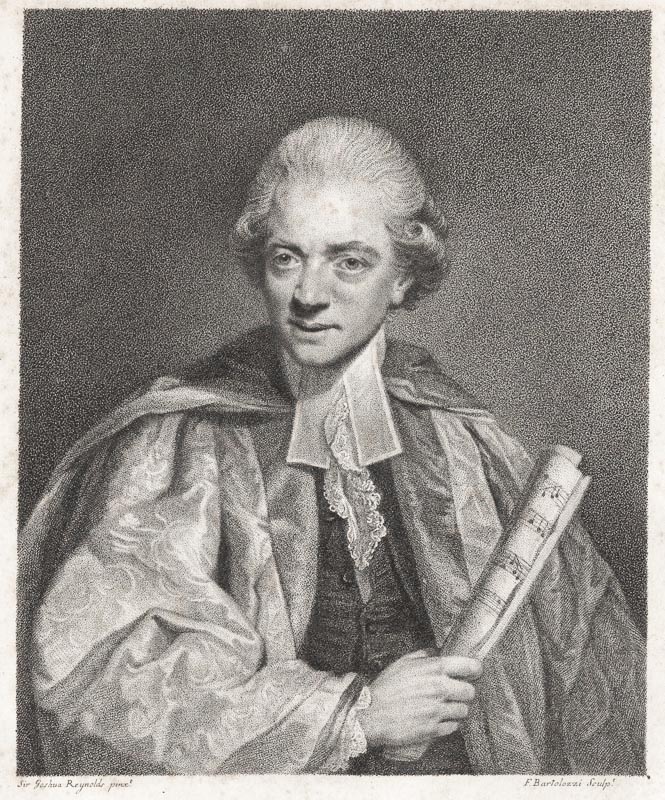Charles Burney
A General History of Music:
From the Earliest Ages to the Present Period
(London: Printed for the author, and sold by T. Becket et al., 1776-1789)
Lowell Mason Library
Gilmore Music Library

The year 1776 saw the publication of histories of music by Sir John Hawkins and Charles Burney. Both works were massive and influential, but the books and their authors differed in many respects. Hawkins was a lawyer and magistrate, while Burney (1726–1814) had been a professional musician for many years; he served an apprenticeship under the composer Thomas Arne, he held music degrees from Oxford, and he embraced a wide variety of musical activities, including composer, organist, orchestra member, and teacher. Hawkins published his five-volume General History all at once, while Burney issued his four volumes over a period of thirteen years, with the later volumes quietly drawing upon some of Hawkins’s findings. Hawkins did more thorough research in English libraries, but Burney traveled widely on the continent of Europe, consulting written sources, attending performances, and interviewing celebrated musicians and eminent scholars. These trips provided material not only for Burney’s General History, but also for two other popular books: The Present State of Music in France and Italy (1771) and The Present State of Music in Germany, the Netherlands, and the United Provinces (1773). (Both of these explained right on the title page that they were “undertaken to collect Materials for a General History of Music.”) Hawkins was a difficult man, and his prose was long-winded and formal; Burney, in contrast, had an agreeable personality that helped put him at the center of a fashionable social circle, and his books are witty and full of amusing anecdotes. The two held differing opinions about contemporary music (that is, what we would call the Classical period); Hawkins condemned much of it, whereas Burney considered it the culmination of music history, building upon and surpassing all that had come before.
Hawkins and Burney resembled each other in one surprising way: their daughters Laeticia Matilda Hawkins (1760–1835) and Fanny Burney (1752–1840) were both successful novelists. Indeed, Fanny Burney ranks among the most popular authors of her era. She also produced a memoir of her father, in which she emphasized his literary achievements at the expense of his musical career, which had a lower social status in those days. Her zeal in pursuit of that goal was so great that she destroyed many important music-related documents, much to the dismay of later scholars.
